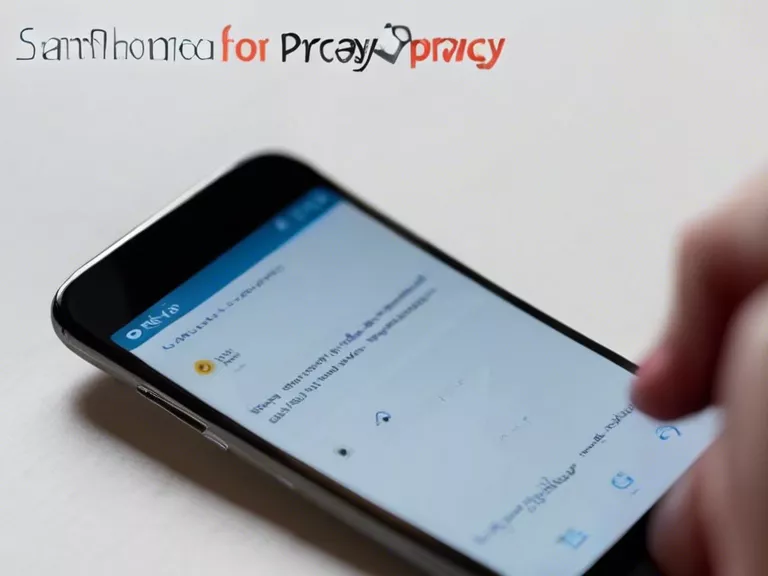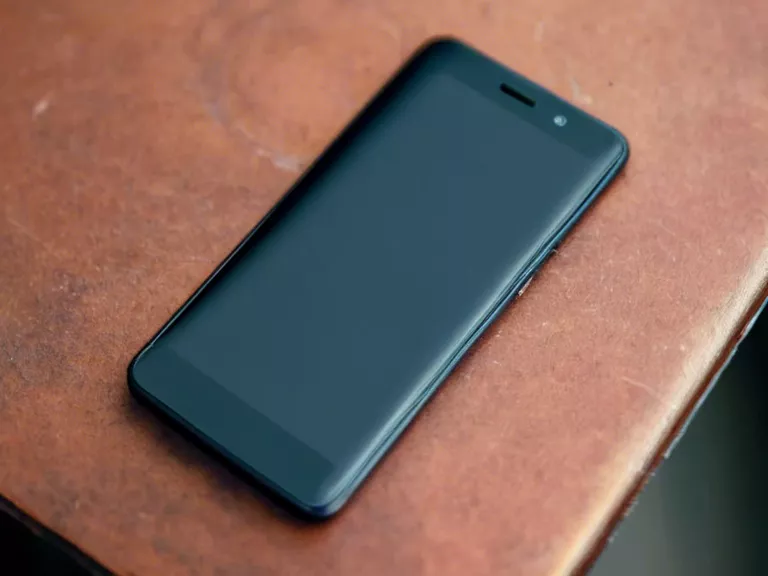
In the age of increasing cyber threats and data breaches, it is essential to take control of your smartphone settings to protect your privacy. By customizing specific settings on your device, you can ensure that your personal information remains secure and out of reach from prying eyes. In this article, we will discuss how to tailor your smartphone settings for privacy and safeguard your data.
First and foremost, always make sure to set up a strong passcode or biometric authentication, such as fingerprint or facial recognition, to prevent unauthorized access to your device. This simple step can go a long way in keeping your information safe in case your phone gets lost or stolen.
Next, review and adjust the permissions granted to apps on your smartphone. Go through the settings menu and restrict access to sensitive data like location, contacts, and camera for apps that do not necessarily need this information to function. This way, you can minimize the risk of your personal data being misused by third-party applications.
Furthermore, consider enabling encryption on your device to protect the data stored on it in case it falls into the wrong hands. Most smartphones offer encryption options in the security settings, so take advantage of this feature to add an extra layer of security to your device.
Lastly, regularly review and update your smartphone's operating system and apps to ensure that you have the latest security patches and bug fixes installed. Cybercriminals often exploit vulnerabilities in outdated software to gain access to devices, so by staying up to date, you can reduce the chances of falling victim to such attacks.
By following these simple steps and customizing your smartphone settings for privacy, you can enhance the security of your device and protect your personal information from potential threats.



